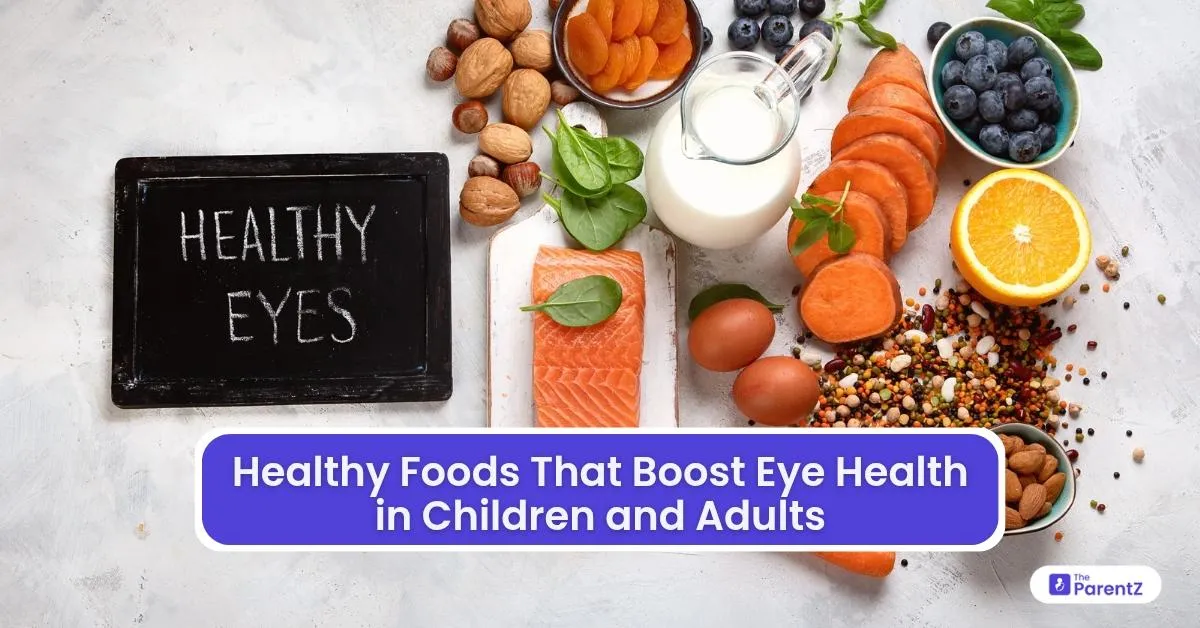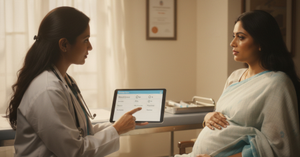Nutrition plays a pivotal role in ocular health across the lifespan. Dietary deficiencies in vitamins, minerals, and essential fatty acids have been associated with a range of ocular pathologies, including refractive errors, night blindness, age-related macular degeneration (AMD), and dry eye syndrome. Recent reviews in Ophthalmology and Nutrition Reviews have highlighted specific nutrients and foods that support the development and preservation of healthy vision in both children and adults.
Key Nutrients and Their Food Sources
Vitamin A and Beta-Carotene
Vitamin A is critical for the maintenance of photoreceptor function and the prevention of xerophthalmia and night blindness. Rich dietary sources include carrots, sweet potatoes, spinach, kale, and pumpkin. Beta-carotene, a provitamin A carotenoid found in orange and dark green vegetables, can be converted to active vitamin A in the body.
Dr. Rohit Saxena, Professor of Ophthalmology at AIIMS, New Delhi, has emphasized, “Vitamin A deficiency remains a significant cause of preventable blindness in children in India. Ensuring adequate intake of vitamin A–rich foods is a simple yet powerful intervention.”
Lutein and Zeaxanthin
Lutein and zeaxanthin are macular pigments concentrated in the retina, where they function as antioxidants and blue-light filters. Studies in Archives of Ophthalmology have shown that higher dietary intake of these carotenoids reduces the risk of age-related macular degeneration and improves contrast sensitivity. Excellent sources include green leafy vegetables (kale, spinach, collard greens), eggs (especially the yolk), and yellow corn.
Omega-3 Fatty Acids
Docosahexaenoic acid (DHA) and eicosapentaenoic acid (EPA), long-chain omega-3 fatty acids, are essential for retinal development in infants and for maintaining tear film stability in children and adults. Fatty fish such as salmon, sardines, mackerel, and tuna provide high amounts of DHA and EPA. Flaxseed, chia seeds, and walnuts are plant-based alternatives offering alpha-linolenic acid (ALA), which can be partially converted to DHA.
Nutritionist Dr. Meena Jaiswal, certified clinical dietitian, has stated, “Regular consumption of omega-3–rich foods improves tear production and reduces symptoms of dry eye disease, a growing problem even among school-age children using digital devices.”
Vitamin C
Vitamin C, a potent antioxidant, supports collagen synthesis for the cornea and sclera and protects ocular tissues from oxidative stress. High levels of vitamin C are found in citrus fruits, strawberries, guava, bell peppers, and broccoli. Epidemiological studies have linked vitamin C intake to reduced risk of cataract formation.
Vitamin E
Vitamin E works synergistically with vitamin C to protect retinal cells from oxidative damage. Dietary sources include almonds, sunflower seeds, hazelnuts, and wheat germ oil. Data from the Age-Related Eye Disease Study (AREDS) have demonstrated that vitamin E, along with other antioxidants, can slow the progression of AMD.
Zinc
Zinc is vital for the metabolism of vitamin A and the functioning of retinal enzymes. Rich sources include oysters, red meat, poultry, beans, lentils, and pumpkin seeds. Zinc deficiency has been associated with impaired night vision and increased susceptibility to infections such as conjunctivitis.
Real-World Experiences of Parents
Parents who introduced nutrient-dense foods into their children’s diets have reported noticeable improvements in their child’s visual comfort and academic engagement. Mrs. Ananya Mehra, a parent of a 7-year-old with early myopia, shared, “After adding more leafy greens and fish to my daughter’s meals, we noticed fewer complaints of headaches after reading, and her ophthalmologist observed a slower progression of her myopia over six months.”
Such observations are consistent with findings from the Journal of Pediatric Ophthalmology and Strabismus, which highlighted dietary patterns as modifiable risk factors for myopic progression.
Hydration and Eye Health
Proper hydration supports tear film stability and ocular surface health. Children and adults should be encouraged to drink sufficient water daily to maintain hydration, particularly in environments with high screen use or air conditioning, which can exacerbate evaporative dry eye.
Conclusion
A balanced diet rich in vitamin A, lutein, zeaxanthin, omega-3 fatty acids, vitamin C, vitamin E, and zinc has been proven to promote and preserve eye health across all ages. Incorporating colorful vegetables, fruits, nuts, seeds, and fatty fish into daily meals supports optimal visual function and reduces the risk of ocular diseases. Parents, nutritionists, and ophthalmologists agree that dietary strategies represent an effective, natural approach to sustaining lifelong eye health and minimizing vision-related complications.
References
- Age-Related Eye Disease Study Research Group. A randomized, placebo-controlled, clinical trial of high-dose supplementation with vitamins C and E, beta carotene, and zinc for age-related macular degeneration and vision loss. Arch Ophthalmol. 2001;119(10):1417-1436.
- Wu J, Seregard S, Algvere PV. Intake of antioxidant vitamins and zinc in relation to risk of age-related macular degeneration: Meta-analysis of observational studies. Br J Ophthalmol. 2006;90(2):239-244.
- Sommer A. Vitamin A deficiency and its consequences: A field guide to detection and control. 3rd ed. Geneva: World Health Organization; 1995.
- Ma L, Lin XM. Effects of lutein and zeaxanthin on aspects of eye health. J Sci Food Agric. 2010;90(1):2-12.








Be the first one to comment on this story.